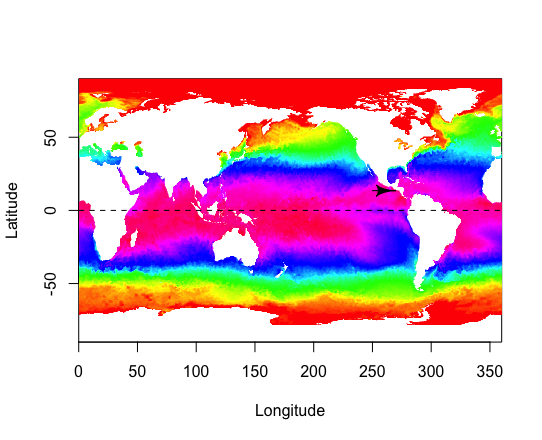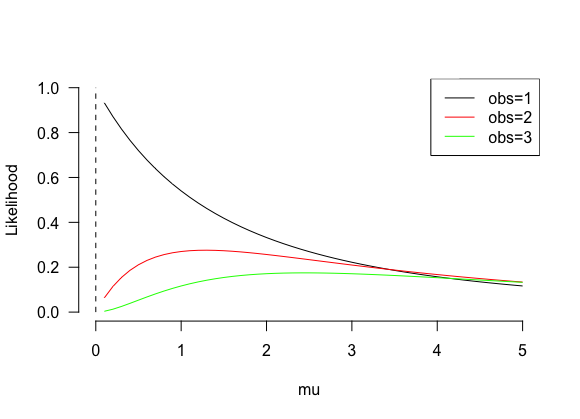Prior for proportion

The prior for proportion should be chosen within Beta distribution. Beta distribution in Wikipedia Beta distribution has two parameters, alpha and beta (alpha>0 and beta>0) and it used a parameter 0≤x≤1. x can be a proportion. For such a reason, Beta distribution is perfect to be used as a prior for proportion. Look at the shape of beta: colors = c("red","blue","green","orange","purple", "black") grid = seq(0,1,.01) alpha = c(.5,5,1,2,2, 1) beta = c(.5,1,3,2,5, 1) plot(grid,grid,type="n",xlim=c(0,1),ylim=c(0,4),xlab="",ylab="Prior Density", main="Prior Distributions", las=1) for(i in 1:length(alpha)){ prior = dbeta(grid,alpha[i],beta[i]) lines(grid,prior,col=colors[i],lwd=2) } legend("topleft", legend=c("Beta(0.5,0.5)", "Beta(5,1)", "Beta(1,3)", "Beta(2,2)", "Beta(2,5)", "Beta(1,1)"),...

